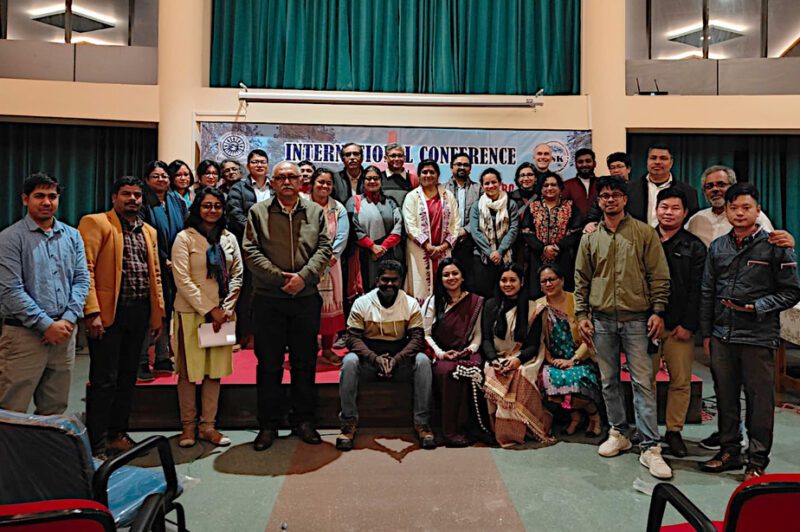
Willem van Schendel gave the keynote address at the conference on “Understanding India’s Eastern and North-Eastern Borderlands: Space, Territoriality and Mobility” in Diphu (Assam, India), 1-2 February 2024. His presentation was titled “A Hole in the British Empire: The ‘Free Hills’ between India and Burma.”
It considered borderland formation over several decades to show how the changing character of borders shapes borderlands and borderworlds. The focus was on a long-term stand-off between two forms of governance. Until the very end of British rule in India and Burma, a cluster of small polities effectively held imperialism at bay. Despite being surrounded, they remained independent and self-governing (in British parlance: “unadministered”) up to the eve of the Second World War.
They have so far been overlooked in the historiography, and yet, these rugged hills provide a unique vantage point from which to consider the limits of empire in the India-Burma(-Bangladesh) borderlands. The martial inhabitants and their guerrilla tactics matched British aggression and bred anxiety in border officials. Throughout the period, the British remained remarkably ignorant about this region. They could not enter it under an imperial non-intervention policy inspired by a financial calculation. The result was a geopolitical rarity: an obstinate island of indigenous governance, cultural continuity, and micro-warfare enclosed by imperial territories.
The conference sought to understand how webs of space, territoriality and mobility can overlap in borderlands. That is exactly what this talk was about. It suggested how historical patterns influence contemporary ones (this area is currently a key battleground between Myanmar state forces and insurgent armed groups). And it showed how contemporary cross-border spatial webs resemble historical ones.